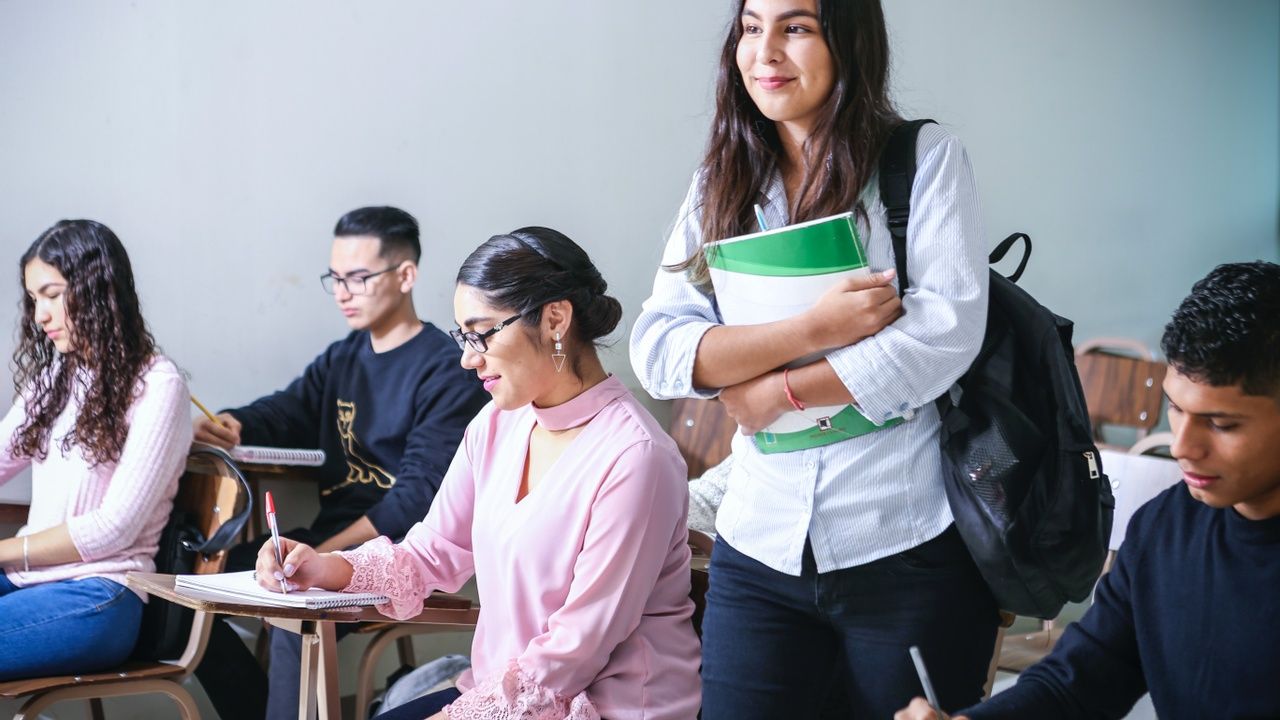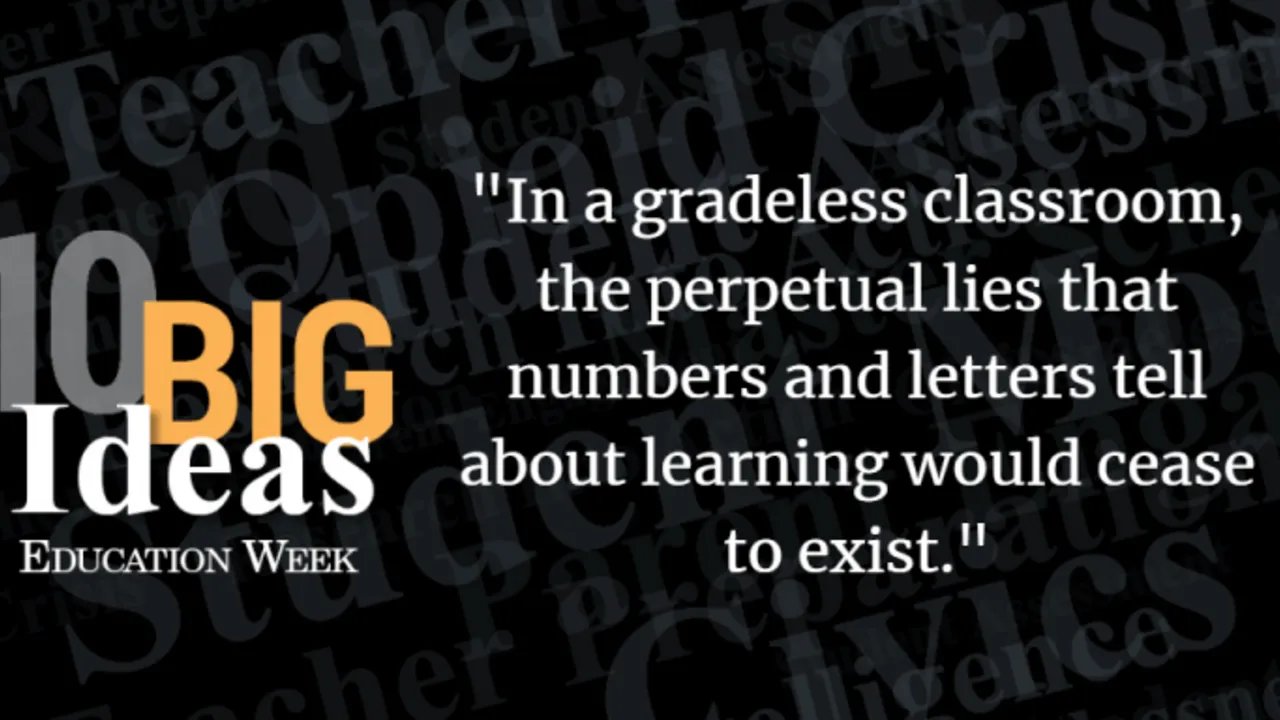The Power of We: Why Group Work and Collaboration Belong in Every Classroom
May 06, 2025
If you want students to grow into thoughtful, creative problem-solvers who thrive in the real world, you can’t just hand them worksheets and ask for silence. You have to give them space to wrestle with ideas together, to listen and lead, to make mistakes and recover — all within the safety of a group.
Well-structured group work does more than improve content retention. It builds communication, emotional intelligence, and teamwork — the very qualities that prepare students to succeed beyond school. But effective collaboration doesn’t happen by accident. It takes purposeful planning, thoughtful structures, and a commitment to honoring every learner’s voice.
Here’s how to elevate the art of group work and help students thrive together.
1. Facilitate Multiple Groups at Different Levels and Pacing Rates
One size does not fit all — especially in group tasks. Students come to class with different levels of background knowledge, different speeds of learning, and different confidence levels. That’s why grouping should be flexible, intentional, and based on the goals of the activity.
-
Try tiered assignments: Give students similar tasks with varying degrees of complexity.
-
Build in check-in points: These allow groups working at different speeds to reflect and re-engage.
-
Vary group composition: Sometimes students benefit from heterogeneous groups; other times, similar-ability peers may help each other grow without feeling left behind.
2. Accommodate Lessons to Help Introverts Thrive in Group Settings
Group work shouldn’t be a popularity contest or a spotlight for the loudest voice. Introverted students often dread collaboration not because they don’t want to contribute — but because the space doesn’t honor their thinking process.
-
Provide clear expectations and roles ahead of time.
-
Give individual think time before group tasks so quieter students can process and prepare.
-
Use digital tools like shared docs or discussion boards, which can be less intimidating than face-to-face debate.
By intentionally designing lessons with introverts in mind, we invite deeper contributions from all learners.
Want to become a Group Work Guru?
Read Hacking Group Work: 11 Ways to Build Student Engagement, Accountability, and Cooperation With Collaborative Teams
3. Foster Productive Listening and Questioning to Elevate Student Talk
Too often, student conversations in groups are superficial or dominated by one voice. To deepen discourse, we need to teach listening and questioning as core academic skills.
-
Model sentence starters like “Can you say more about that?” or “What’s your evidence?”
-
Teach active listening routines, like paraphrasing a partner’s idea before responding.
-
Celebrate curiosity. Reward good questions, not just correct answers.
This intentional practice helps students move from passive participation to powerful, collaborative thinking.
4. Develop Activities That Encourage Self-Awareness
Students work better in groups when they understand their own strengths, struggles, and learning preferences. Self-awareness builds empathy, improves communication, and leads to more meaningful collaboration.
"meaningful collaboration doesn’t happen just because we put desks together.
-
Incorporate reflection tools, such as journals or quick self-assessments.
-
Use learning profile surveys to help students understand how they learn best.
-
Host regular debriefs after group work: “What did you contribute? What could you do better next time?”
Helping students look inward is the first step to helping them engage meaningfully outward.
5. Set Up Protocols That Support Interdependence and Ownership
Group work should never feel like one student doing all the work while others coast. To ensure shared responsibility, students need structure that promotes healthy interdependence.
-
Use protocols like Jigsaw, Think-Pair-Share, or Team Roles to distribute thinking.
-
Design rubrics that assess both group and individual performance.
-
Create shared goals that can only be achieved through authentic collaboration.
When every student knows their contribution matters, engagement and accountability soar.
6. Accurately Assess Individual Knowledge and Collaboration Skills
Assessment can make or break group learning. It’s not enough to grade the final product — we need to understand how each student engaged in the process.
-
Assess content knowledge individually, even when it’s a group project.
-
Use observation checklists during group work to track communication and collaboration.
-
Include peer and self-assessments to give students ownership over their growth.
When students know they’re being assessed on more than just the end result, they put more care into the journey.
Final Word: Collaboration Is a Skill — Teach It Like One
In today’s classrooms, group work isn’t just a strategy — it’s a necessity. But meaningful collaboration doesn’t happen just because we put desks together. It takes thoughtful planning, scaffolding, and reflection. It takes teaching students not just to work together, but to learn together.
The good news? When we get it right, students build skills they’ll carry for life — not just as learners, but as teammates, professionals, and citizens.
Teach collaboration with the same intentionality you’d use to teach reading or math — because, in many ways, it’s just as important.






